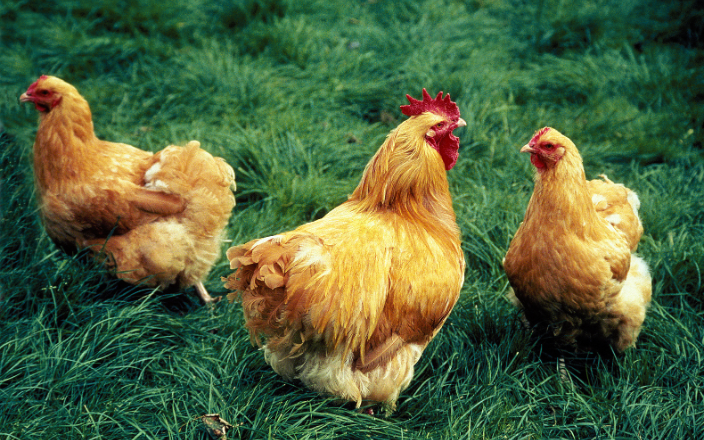After several months of respite, the French poultry industry is once again grappling with the resurgence of highly pathogenic avian influenza (HPAI). This recent outbreak, detected in August 2024, marks the return of a virus that had been absent since January 2024. The reappearance of HPAI in France underscores the persistent threat that avian influenza poses to poultry farming and the broader agricultural sector.
Background and recent developments
France has a long history of battling avian influenza, with significant outbreaks occurring in recent years. The country had declared itself free of avian influenza in August 2023, following a period of rigorous control measures and vaccination campaigns. However, the virus’s return highlights the challenges in maintaining disease-free status in a globalized world where animal movement and trade are constant.
The latest outbreak was identified in a commercial poultry farm in the northwestern region of Brittany, specifically in Ille-et-Vilaine. This region, known for its dense poultry farming, is particularly vulnerable to the spread of avian influenza. The detection of the virus has prompted immediate action from French agricultural authorities to contain the outbreak and prevent further spread.
Impact on the poultry industry
The resurgence of avian influenza has significant implications for the French poultry industry. The immediate response involves culling infected flocks, which, while necessary to control the virus, results in substantial economic losses for farmers. Additionally, movement restrictions and biosecurity measures are reinstated, affecting the entire supply chain from production to distribution.
The French government has been proactive in its response, leveraging lessons learned from previous outbreaks. Enhanced surveillance, rapid testing, and strict biosecurity protocols are being implemented to mitigate the impact. The Ministry of Agriculture and Food has also emphasized the importance of vaccination as a long-term strategy to protect poultry populations.
Vaccination efforts and challenges
France’s vaccination campaign against avian influenza has been a cornerstone of its disease control strategy. Initiated in late 2023, the campaign aimed to vaccinate millions of birds, particularly ducks, which are highly susceptible to the virus. The initial results were promising, with a significant reduction in the number of outbreaks compared to previous years.
However, the recent resurgence of the virus raises questions about the efficacy and coverage of the vaccination program. Experts suggest that while vaccination can reduce the severity and spread of the disease, it is not a foolproof solution. Continuous monitoring and adaptation of vaccination strategies are essential to address emerging strains of the virus.
Global context and future outlook
The return of avian influenza in France is not an isolated incident. Globally, the poultry industry faces ongoing challenges from various strains of avian influenza. Countries must collaborate on research, surveillance, and response strategies to effectively combat this persistent threat.
For France, the focus remains on containing the current outbreak and preventing future occurrences. The government, in collaboration with industry stakeholders, is committed to enhancing biosecurity measures, improving vaccination coverage, and investing in research to develop more effective vaccines.
In conclusion, the resurgence of avian influenza in the French poultry industry serves as a stark reminder of the ongoing battle against this formidable virus. While significant progress has been made in controlling the disease, continuous vigilance and adaptive strategies are crucial to safeguarding the health of poultry populations and ensuring the stability of the agricultural sector.
Sources: Available upon request

